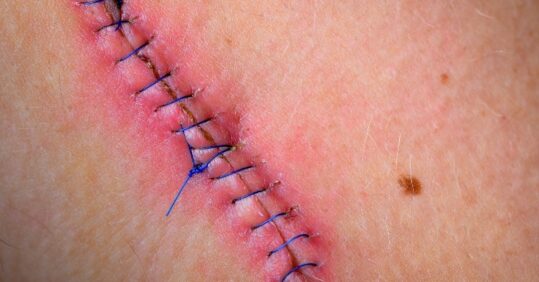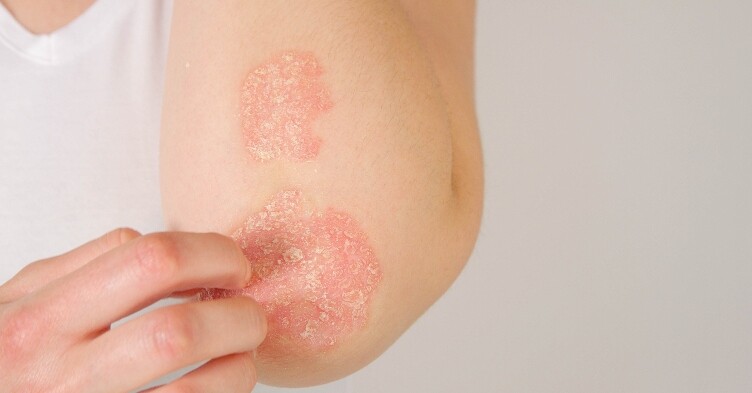Learning module: managing surgical wounds after an operation

Specialist nurse Amy Verdon provides an update on how to manage surgical wounds post-operation
In England approx. 11 million surgical procedures are carried out each year in acute hospital settings. Patients attending these acute settings for their surgery will most likely receive all or part of their post-operative wound care in the community setting.
With that in mind it is essential that health professionals in community settings feel equipped with the knowledge and skills to manage these wounds, recognise when there are signs of complications and understand what actions should be taken to optimise wound healing potential.
Related Article: Call for regulatory guidelines as NHS adopts AI in dermatology care
This module will update you on:
- Problems and complications during the post-operative phase of wound healing
- Regular wound assessments and identifying infection
- Potential issues in a community setting
Caring for a wound post operatively that is healing by primary intention should follow a predictable pattern of wound healing phases including vascular, inflammation, proliferation and epithelisation and finally maturation of the wound.
Dressings should be left in place for a minimum of 48 hours post operatively unless there are concerns about the wound and complications developing . Patients should be advised they can shower safely after 48 hours. Dressing changes should be kept to a minimum to avoid disrupting the wound healing process.
If infection is suspected/confirmed, then appropriate antibiotics should be prescribed and administered. Locally at the wound bed, a thorough wound cleanse, with sterile saline for the first 48 hours and tap water after that (NICE 2013) helps to reduce bacteria and provides much needed psychological care for the patient. Use of antimicrobial dressings (such as those containing silver, iodine or honey) are helpful to reduce bacterial load in the wound bed as well as reducing odour, debriding and controlling exudate.
Patients being cared for post operatively will most commonly be cared for in practice nurse settings with staff who have good knowledge of normal wound healing and how to facilitate this. However, if patients don’t follow the usual pattern of wound healing and the clinician caring for the patient has concerns and requires additional advice and support then there may be various options available locally, including referring back to the surgeon who performed the procedure. Or they may be able to access specialist wound care advice such as a Tissue Viability Specialist.
Related Article: Abdominal body fat is a higher risk for developing psoriasis
Tissue Viability Services may be based in clinics at local health centres, they may be able to offer a domiciliary visit to patients in their own homes alongside district nurses or in GP practice settings alongside a practice nurse.
Author
Amy Verdon, clinical nurse specialising in tissue viability at University Hospitals Coventry and Warwickshire NHS Trust.
Find this module
Related Article: CPD: Case by case – acute and emergency dermatology presentations
The full module can be found on the Nursing in Practice Learning website.
Not a Nursing in Practice Learning member? Click here to register for free and gain access to more CPD modules.

See how our symptom tool can help you make better sense of patient presentations
Click here to search a symptom




